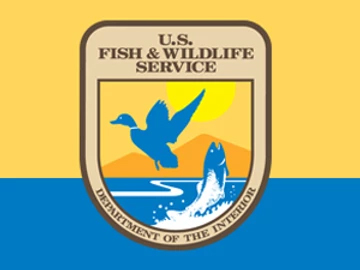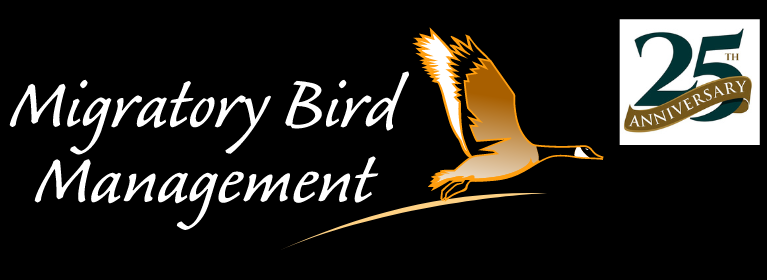How to Manage Protected Birds without Violating the Law
Feb 15, 2020All native birds in North America are protected by an international law called the Migratory Bird Treaty Act of 1918 and subsequent amendments. Birds migrate and don’t bother with state or national borders.
In order to make sure that birds that regularly visit multiple countries are protected, there are other laws in place that ensure sure that bird, egg and nest management is done in a safe, humane and effective way.

Violations carry a risk of fines and imprisonment and businesses can find themselves dealing with a public relations nightmare. Here’s what you need to know to ensure that birds are legally and humanely managed on your property so you can avoid the headaches of years past.
Are Permits Always Necessary?
This is where it gets complicated. In general, no permits are needed to manage non-native, nuisance birds like pigeons, European starlings, house sparrows because these birds are not evolved to fit into our ecosystem and can cause harm to native species. However, our belief is that these bird species should still be managed humanely and not poisoned or otherwise exterminated as is the practice of some pest control companies.
When Permits Are Required
For different native, migratory birds, different states have different permitting processes. In Wisconsin and Indiana, no licensing is needed to remove nests. However, in order to perform the work, properties need a special permit for the species involved, including Canada geese. In Illinois, individuals need to be licensed and permitted by the Illinois Department of Natural Resources (DNR) to manage Canada goose nests, but properties don’t need permits if they are using a licensed company like Wild Goose Chase.
For gulls and other nuisance species, permits are needed through the U.S. Fish and Wildlife Service and the Illinois DNR. Permits are only available for those species deemed a “nuisance” by the permitting organization. For some birds, like terns and swallows, you cannot get a permit at all, because they are not a designated nuisance species, even if they ARE being a nuisance.
Best Course of Action? Plan Ahead
The permitting and licensing process can take several weeks, the forms are long and confusing, with different requirements state by state. There are also deadlines to manage. Timing is critical because nesting season is fast approaching and all paperwork needs to be completed and in place before bird deterrents can be put in place and nests can be managed as they appear.
Once the season is over, all management work done under the permit has to be reported to the permitting organization such as the DNR and USFW. These organizations keep track of bird control efforts to make sure that only nuisance populations are managed and that the species as a whole is not threatened. Information about the technician, the site, and the number of birds, nests, and eggs removed must be provided – another service of Wild Goose Chase.
Wild Goose Chase has biologists on staff, educated and experienced in managing all bird species. We can help you apply for your permit and make sure that everything is in place to prepare for the nesting season. We’ll take care of all management work in a humane and effective way. Once the season is over, we’ll also complete and send in the report to ensure that the process is compliant with all regulations.
Start Before It’s Too Late…
Time for permit applications is running out. Contact us to request a site evaluation . We’ll interview you and your team to gain a thorough understanding of your bird conflicts, then we’ll assess your property and identify the right combination of solutions to make your bird problems take flight, once and for all:
- Structural Bird Exclusion: netting, spikes, wire, shock tracks
- Dog Service
- Egg Depredation
- Laser Bird Control & Bird Deterrent Systems
Contact us to learn more about bird control services, geese removal and pigeon control




 0
0
